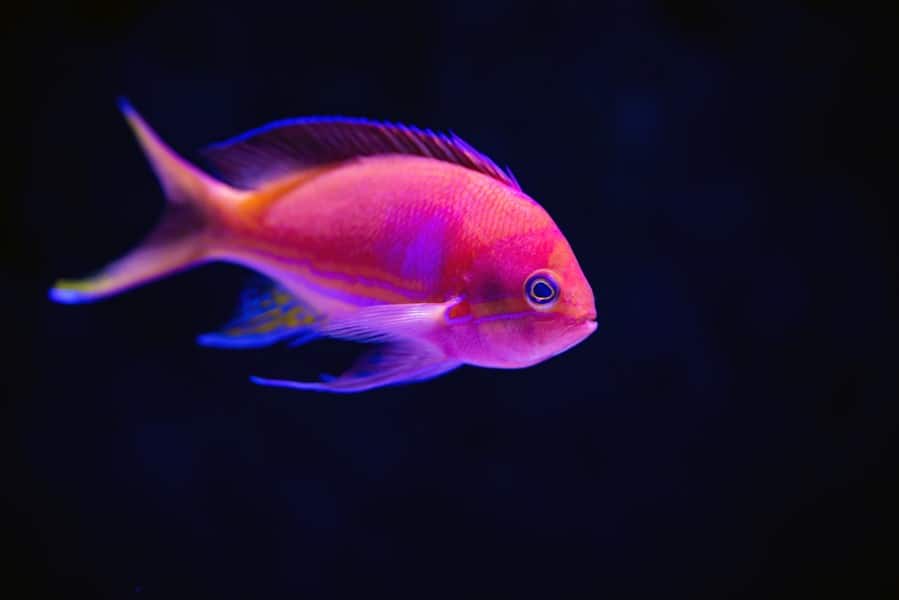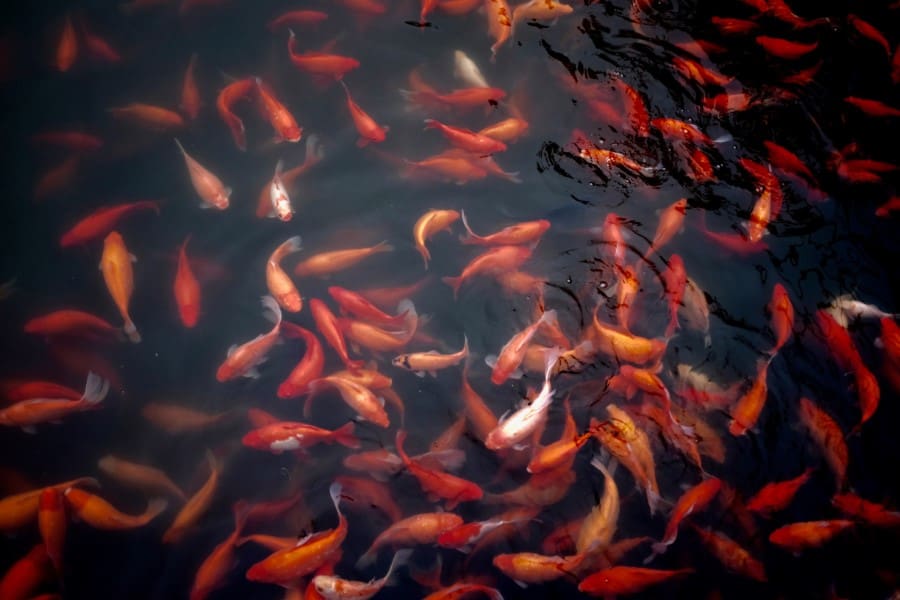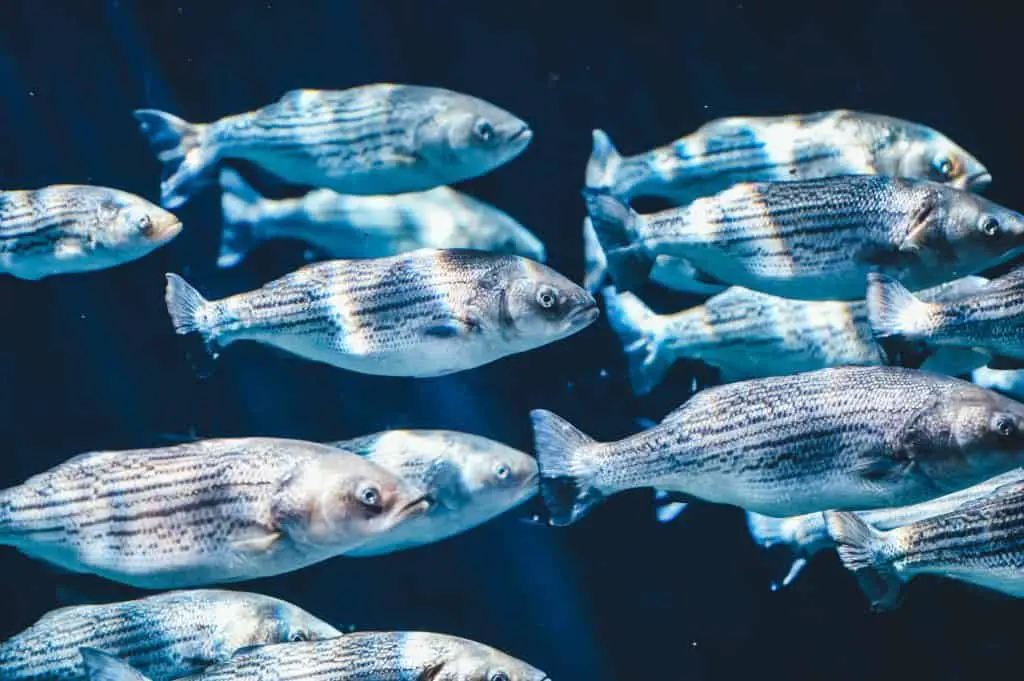You may have always wondered if all fish are called fish? In this article we will be explaining different names fish can be called. Why they’re called what they are and why and how this can change.
First of all, let’s give you a quick take-away answer and then we’ll continue with more thorough answers and details
What is a female fish called? A female fish does not have a specific name, male and female fish are both just called fish. However, around 500 species of fish are able to change their gender during their later life after birth. A species of fish that can change its gender is called a hermaphrodite.
But that might lead you to ask a series of other questions, such as; how do I tell the difference between male and female fish? Or, why do fish change their gender? So let’s go on to answer these questions next.
What is a female fish called?
As we mentioned earlier, a female fish does not have a specific name neither does the male fish, because they are both just called fish. Even two fish together is also just known as Fish or Fishes.
The only names that are attributed to fish are as follows.
Shoal
A group of fish is often simply referred to as a shoal of fish, this is when the fish are swimming in no specific orderly fashion or direction. They usually stay together because it provides “safety in numbers” and to avoid being the meal of a predator by sheer size and congregation.
School
A school of fish is slightly different from a shoal in that a large number of fish are moving as a single unit – with a purpose. This purpose is likely to be due to migration to warmer/colder climates or to find an area with an abundant amount of food.

single fish 
shoal of fish 
school of fish
The differences between male and female fish?
There are many ways to tell the difference between the two, so let’s go through them.
Larger-bodies
Male fish tend to have larger but thinner bodies, meaning they are generally taller and longer than female fish
Has more vibrant colors
Usually male fish have more vibrant colors compared to female fish, this is mainly during mating season, however, female fish can have more vibrant colors when producing eggs. Male and female fish colors can become more vibrant when fed a healthy diet usually when owned as a pet.
Pointier fins
The fins on a male fish tend to protrude further out from the body – meaning that the dorsal and anal fins of a male fish usually extend out more than that of a female fish. This makes then generally larger and more free-flowing
How to tell the difference between a male and female fish
Looking at a male or female fish in isolation will make it hard to tell – without being able to make a visual comparison next to the opposite gender.
Telling the size can also depend on the species of fish. If you know what species you are identifying the gender of …and if you know the correct size, you might be able to estimate the gender by knowing the average size of the species and whether your fish is bigger or smaller.
Ideally to more accurately tell the difference between a male and a female is to view them both side by side, of course, this is not always the easiest thing to do!
Learning resource
Continue your learning experience at home or in the classroom, and help support this site and our contributions to wildlife projects with resources we’ve selected from Amazon.
A beautiful story about a fish who learns that he must share and learn to be friendly so that other fish will be his friend. A beautiful story with a purpose
Video resource
To finish
So to round up this topic, whether you are able to make a direct comparison or not as to whether it’s a male or a female, either way, it makes no difference when trying to determine the name – they are both just called a fish.
We hope this has been useful for you in helping to understand what a female fish is called. Do check out our other topics concerning all the questions you have wondered in the past and would like an answer for.
This content has been checked and verified by a qualified veterinary practitioner. The article has been reviewed by our editorial board and has been approved for publication in accordance with our editorial policy.
